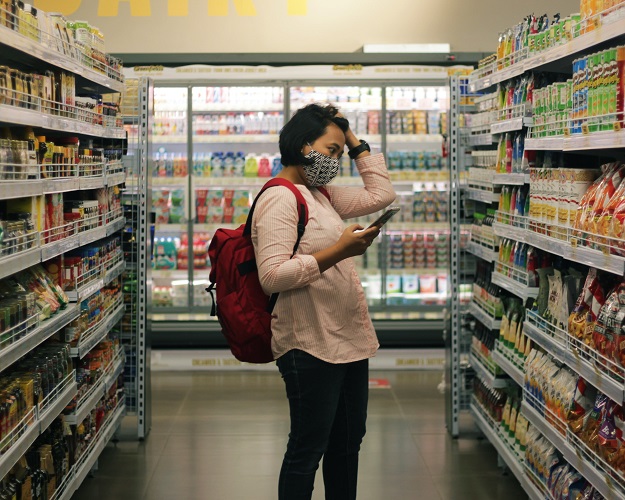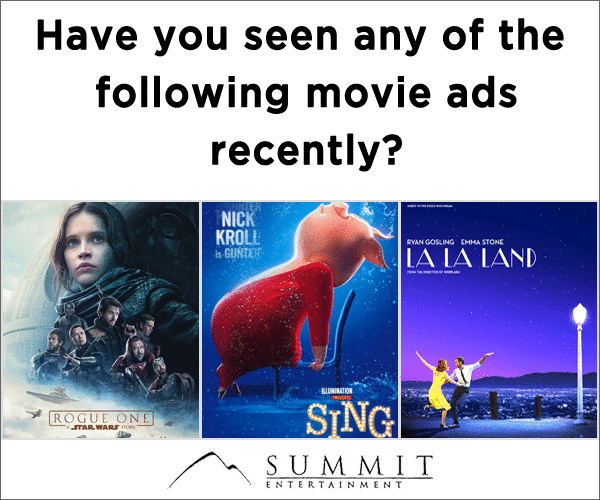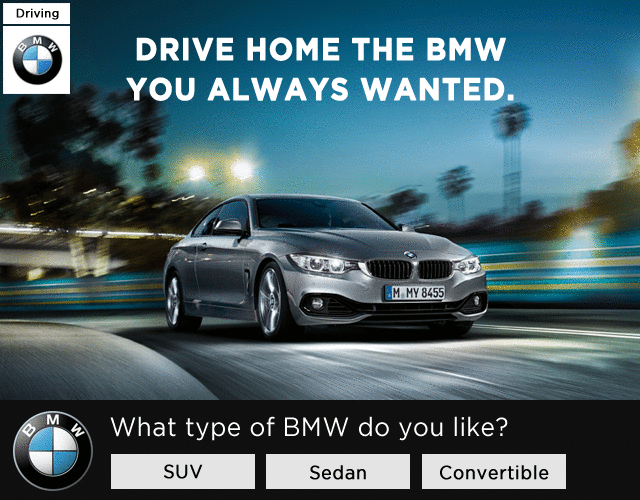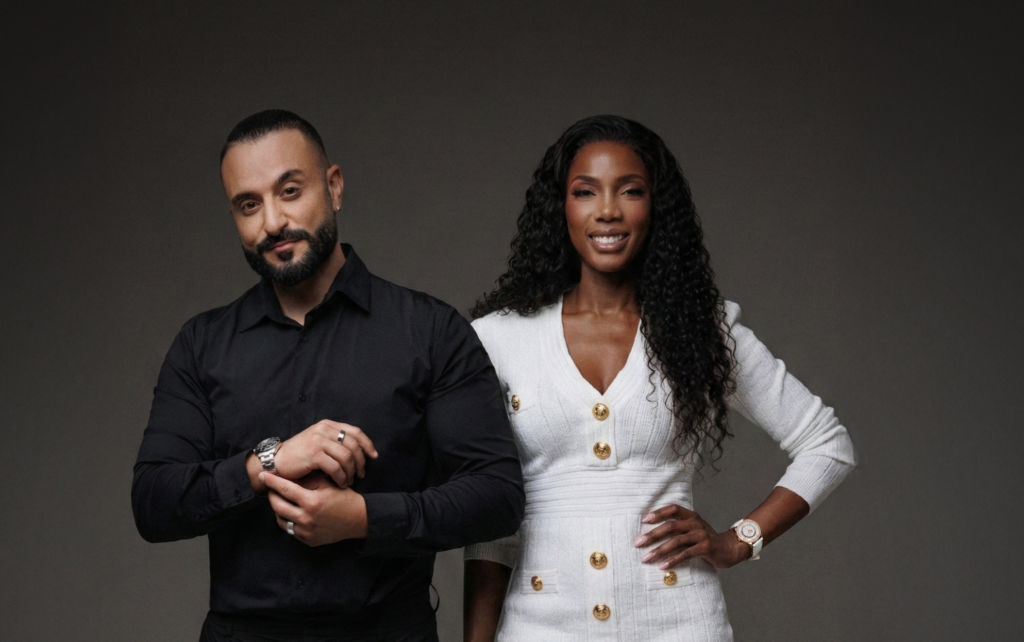There was a time when mass marketing prevailed, when economies of scale ruled, and wastage was acceptable. Doesn’t that feel like a long time ago, medieval even? The last two decades have seen marketing being turned on its head, with audiences being more and more narrowly defined and effectiveness ruling above all else. As brands can now speak to consumers one on one, why are we still seeing one-size-fits-all campaigns with catch-all messages?
Today, data provides marketers with different and more effective ways to engage consumers. Instead of a generic, all-encompassing approach, brands can deploy activities and messages best suited to individuals’ needs and positions in the purchase funnel.
Its three levels (awareness, consideration, and conversion) reflect the path a consumer takes to go from ignorance about a given product to its purchase. To begin with, marketers must generate awareness and educate people to induce consideration and get them to think about their brand over the competition. Once consumers are evaluating their purchase, the focus is on converting this interest into an action, like a sale, landing page form completion, footfall, or something else.

One step at a time
Each stage requires a different strategy and execution, as well as a different target audience – a subset of the overall audience. But how do you know who goes into each level of the funnel? It’s important to aim beyond time-bound campaigns and consider always-on activity as it allows for system learning. The more you mine your audience data, the more efficient and effective you become.
You may have created the ideal custom audience, using first-party data or demographic, technographic, psychographic, or geographic attributes; but using artificial intelligence (AI), you can build behavior profiles based on their interests, viewing patterns, and purchase history for effective targeting.
It starts with building awareness, ensuring the brand is portrayed in a way that is appealing to its target audience. The focus at the awareness stage is to draw attention from potential customers through engaging, educational, and easy-to-discover content that caters to their needs. Tactics like online display, pre-roll video, and content marketing are great for generating awareness and keeping brands top of mind. However, with simple metrics like impressions, reach, or clicks, this is merely a beginning
Measure and analyze with BLS
To gain audience insights into the actual impact of their digital campaigns and establish their full-funnel strategies, today, marketing teams are turning to brand lift studies (BLS).
With a brand lift study, marketers can measure the extent to which an advertising campaign has shifted consumer perceptions based on key purchase funnel metrics. The study unlocks insights about their interactions by asking specific questions of consumers who have interacted with campaigns. These include how likely a consumer is to purchase the product, the perception a consumer has about the brand after seeing the ad, or what brand comes to mind when a consumer thinks about that product. A BLS goes beyond traditional metrics to measure a campaign’s impact on consumer perceptions and behavior. Interactive ad creatives can serve as a tool for gathering feedback from users.


Survey ads such as the ones above capture audience responses by presenting questions. Through buttons, a checklist, or a dropdown menu, there are countless insights an advertiser can gain through a survey ad. These insights inform future campaigns, notably by facilitating the creation of audience subsets we can retarget based on their previous engagement or answers to the BLS. Surveys run on high-traffic sites that can serve massive volumes of people, while tracking pixels in the survey ads easily differentiate which respondents have seen the product ad and which haven’t.
Logic and vision
Crucially, survey ads allow marketers to identify at what level of the funnel their exposed individuals are. This becomes particularly sharp with an always-on approach, which adds precision with every interaction. These sub-segments are then saved, activated for retargeting and expansion with the identification of lookalikes, and updated with each consumer action.
A full-funnel marketing strategy involves tailoring marketing messages to the particular stage of purchase a customer is currently at. Rather than focusing on just awareness or sales, it considers the entire 360-degree customer journey and attempts to nurture relationships and build better brand experiences.
A good full-funnel strategy is heavily informed by data resulting from an always-on activity. This data, which is collected from a range of internal and external sources, enables marketers to tailor and optimize their efforts at each stage of the journey. By focusing budgets on areas with higher returns and using test-and-learn optimization, brands can experience a 15 to 20% lift in marketing ROI. Blending brand building and performance in a campaign also delivers a greater overall return on ad spend than with performance channels alone.
Using BLS to engineer a full-funnel strategy has not only helped brands to increase their media impact and scale awareness, but has also resulted in delivering improvements in overall business outcomes like incremental revenue, customer lifetime value (CLV), and profitable lead conversion. Combining branding and performance elements of their marketing together into a single data-driven, full-funnel integration is how marketers can enhance their long-term business outcomes.






